At 7:30 in the morning the Rappahannock River is tranquil, with the ambient, ancient noises of birds chirping and water slapping up against the shore. It’s affecting my senses in a way that can only be described by longtime city residents such as myself as “so freaking peaceful.” I’m here to be an oyster farmer for a day at the Rappahannock Oyster Company ― RR Oysters for short ― a Chesapeake Bay oyster farm in Topping, Va., that also houses a farm-to-table tasting room on its shores, Merroir.
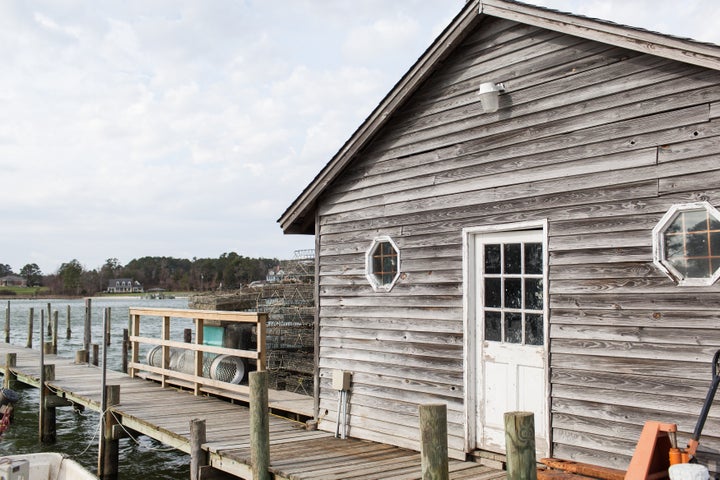
Virginia’s history with oysters meanders from abundance, to near obliteration, to rebirth and regrowth, as stories that began long ago so often do. Oysters first colonized the bay around 5,000 years ago; their proliferation was such that early European explorers considered them a navigational challenge ― cut to John Smith having to steer around a wall of oysters the size of Rhode Island in pursuit of lands unknown, for example. Fast forward to harvesting billions of oysters in a century, coupled with a spate of diseases, and you get to 2001, when the Chesapeake Bay recorded its smallest oyster harvest in history, an obstacle RR Oysters founders Ryan and Travis Croxton had to contend with when deciding whether or not to revive the lease the cousins’ great-grandfather had signed in 1899.
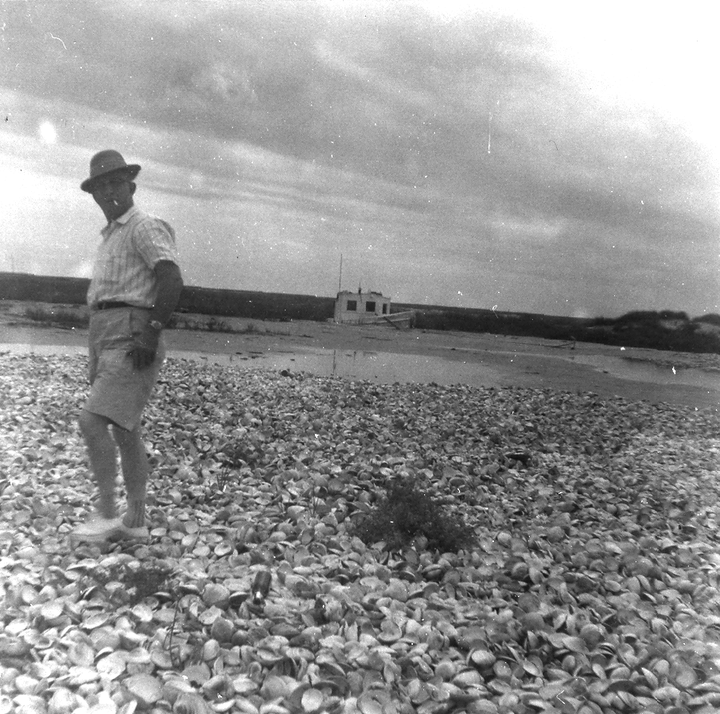
“We got into this, initially, for purely nostalgic reasons … this was a way to connect with our heritage,” says Ryan. “But in figuring out how to do it, we realized that this little animal was, as Muir said, ‘hitched to everything.’ To hell with bananas, [the oyster] is nature’s most perfect food ― fit for our nourishment and the service of our environment. That’s pretty powerful stuff. It’s just the same today as it was 5,000 years ago.”
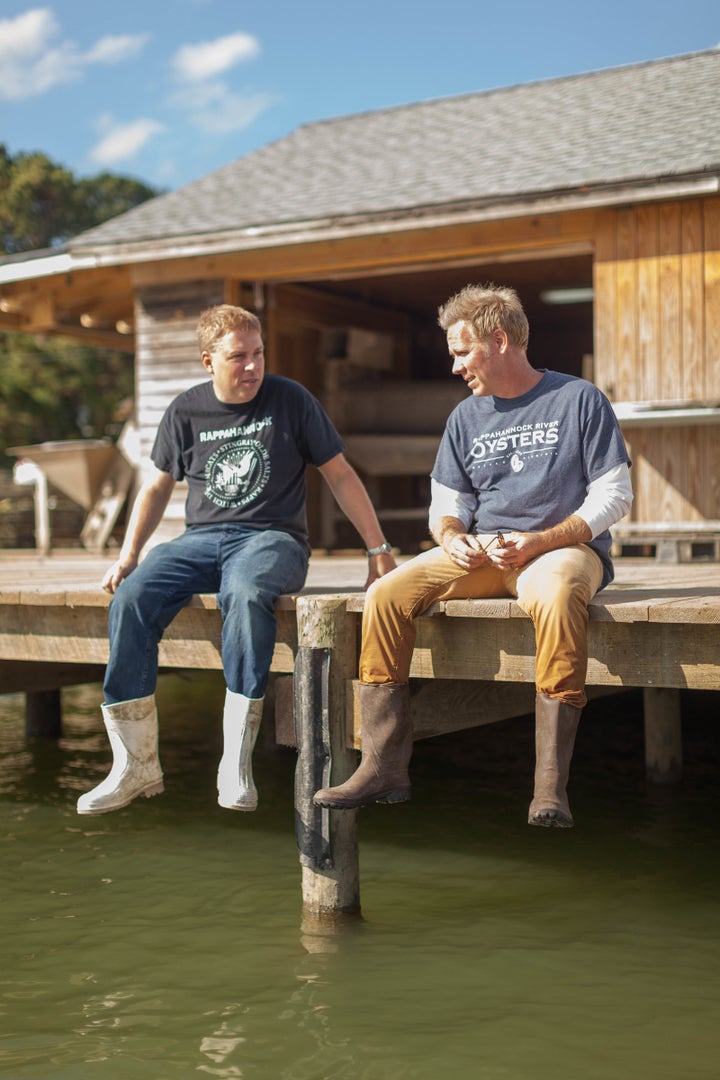
To break into the industry, the Croxtons politely phoned chef Eric Ripert’s Michelin-starred French restaurant, Manhattan’s Le Bernardin, and asked to speak to the chef, not realizing the adorable absurdity of such a request. Chef Ripert wasn’t available, but the culinary director, Chris Muller, agreed to see the pair, even going so far as to help them shuck their wares. As Travis Croxton says, “Those days of utter naiveté about the culinary world put us in a series of ‘Idiot Abroad’ moments, like politely asking Daniel Boulud to step out of the way so we could talk to his line cook, because we had no idea who Daniel was.” Whatever the method and inadvertent blunders, the Croxtons say that Muller was so impressed with the product, he became their first customer, buying 200 RR oysters per week in 2004.
Thanks to attitudes and operations around the state like theirs, Virginia is now the leading oyster producer of the entire East Coast, containing eight oyster regions with eight distinct flavors and a 2015 dockside value of 34 million ― the largest in a decade. To get into the belly of this particular beast I spent a typical morning harvesting with RR Oysters farm manager Michael Robertson and his team. “At its simplest form, we’re just taking [the oysters] out and putting them back in,” is his easy answer to a complicated, thoughtful and measured process.
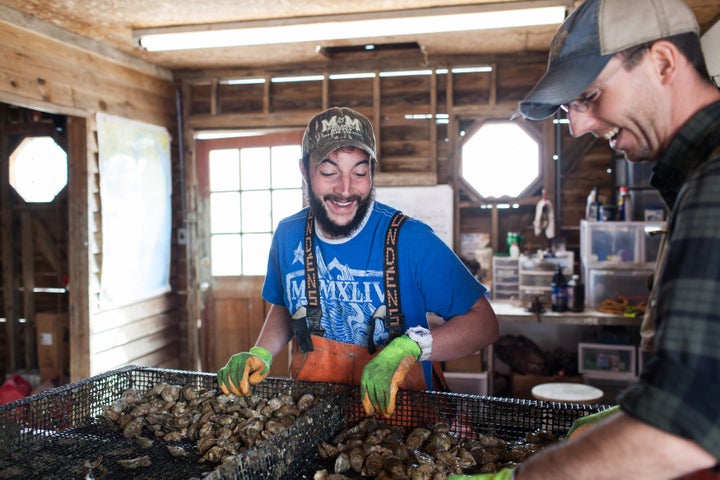
RR grows its oyster seeds in upwellers (think: water incubators) until they’re about the size of a quarter before planting them on the Rappahannock River, where they’ll be split or sized with a tumbler no less than three times before the fastest-growing specimens are harvested. This tumbling process “annoys the sh*t out of [the oysters],” explains Pete Woods, who has the enviable title of Food Guru at Merroir. “The oyster considers that an attack. So when they go back out for the first couple weeks, they start hyperproducing shell, because they want to protect themselves from any more attack, which makes the deep cup,” he explains while tapping on the curved back of a bivalve shell ― one of the handful we’ve slammed down, after the creature inside has been summarily slurped.

From May through September the team begins harvesting at 5:30 a.m., and will grab anywhere from 10 to 30 cages daily, depending on what the day calls for. To the docks the oysters go, where they’re hosed down and put into a tumbler, which cleans them again. Then they fall onto a conveyor belt, where two sets of human hands decide if the oysters are up to snuff, simultaneously sorting them into piles of extra large oysters, regular, sellable oysters, and those to be replanted and recycled. I clumsily assist in this task, pressing the shells to look for worm damage or breakage while Robertson and the other farm managers politely and competently work around me. The easiest, simplest way to tell if an oyster is perfect? “It’s got a big, fat old butt, and it’s heavy,” says Robertson. Amen.
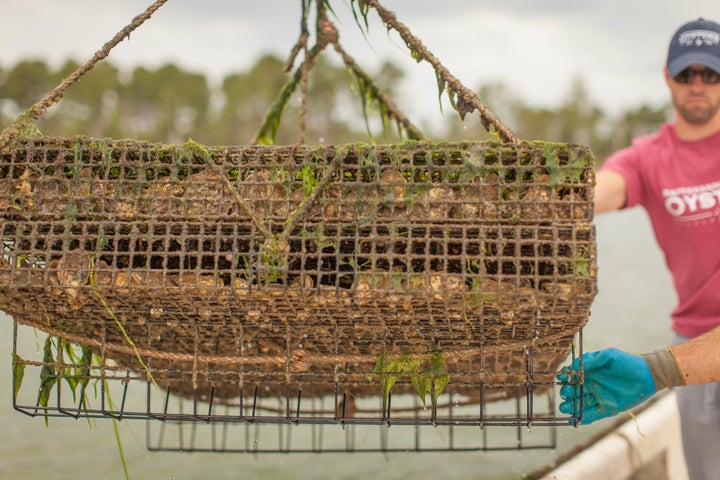
Once this QA check is complete the oysters are hand counted and re-checked for quality. Then, into bags of 101 they go (at this I was fairly competent, as I do possess basic motor skills) before they’re packed onto a pallet with ice, recorded and refrigerated. This, mind you, is all before 10 a.m. ― not all mornings are created equal. In terms of numbers, they’re massive considering the previous near-death of the American oyster in the Chesapeake Bay: RR Oysters harvests around 7,000 oysters a day, 35,000–50,000 per week, 140,000 a month at their Rappahannock farm (with similar amounts harvested at their York and Chincoteague farms) and the numbers are growing. That’s a lot of shucking oysters.
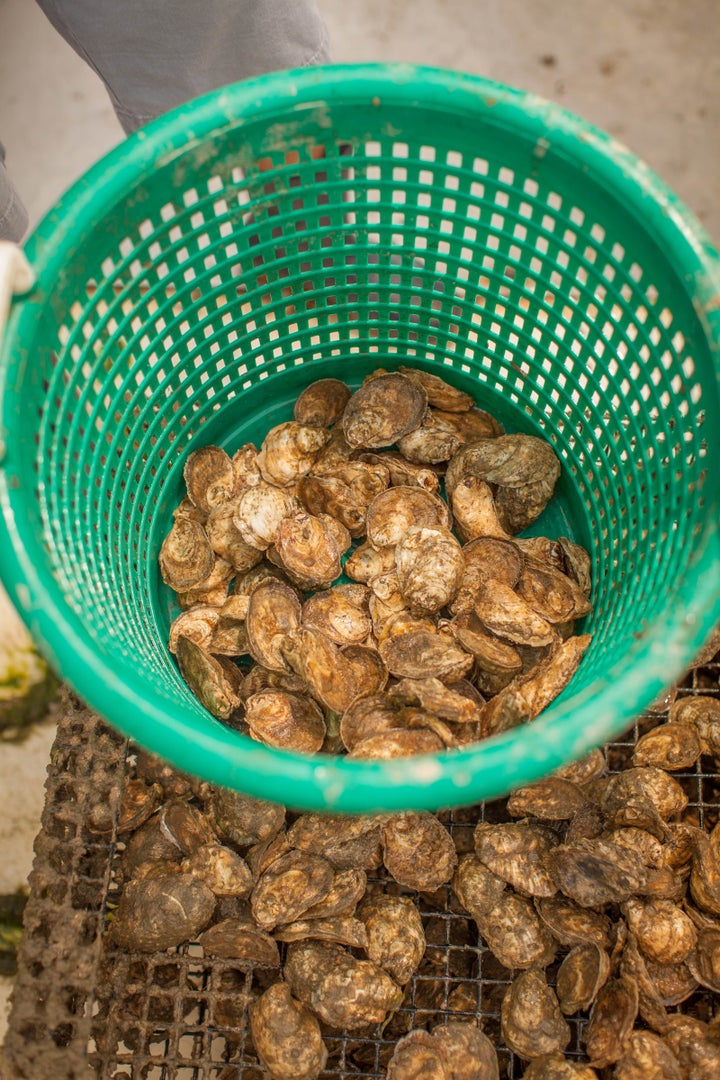
Much like people, the same type of oysters are primarily influenced and nurtured by their surroundings. “I don’t think people realize there are different varieties of the same oyster,” says Woods. “Where they’re raised depends on what their flavor is. So for example the Rappahannock River here is nice and mineraly … The water comes down, [and] the oysters are nice and sweet, buttery and mild. Then you go down to Tangier, a little further out in the bay, they’re a little saltier. Then you go to Chincoteague, where the Old Salts are from; that’s a good, old-fashioned salty oyster,” he says, describing the three varietals of Virginia oysters that RR specializes in.

The best way to eat them? “Raw,” says Director of Farms Patrick Oliver. “You’ve got to test the product.” But what if you prefer the charms of lemon, mignonette or cocktail sauce?
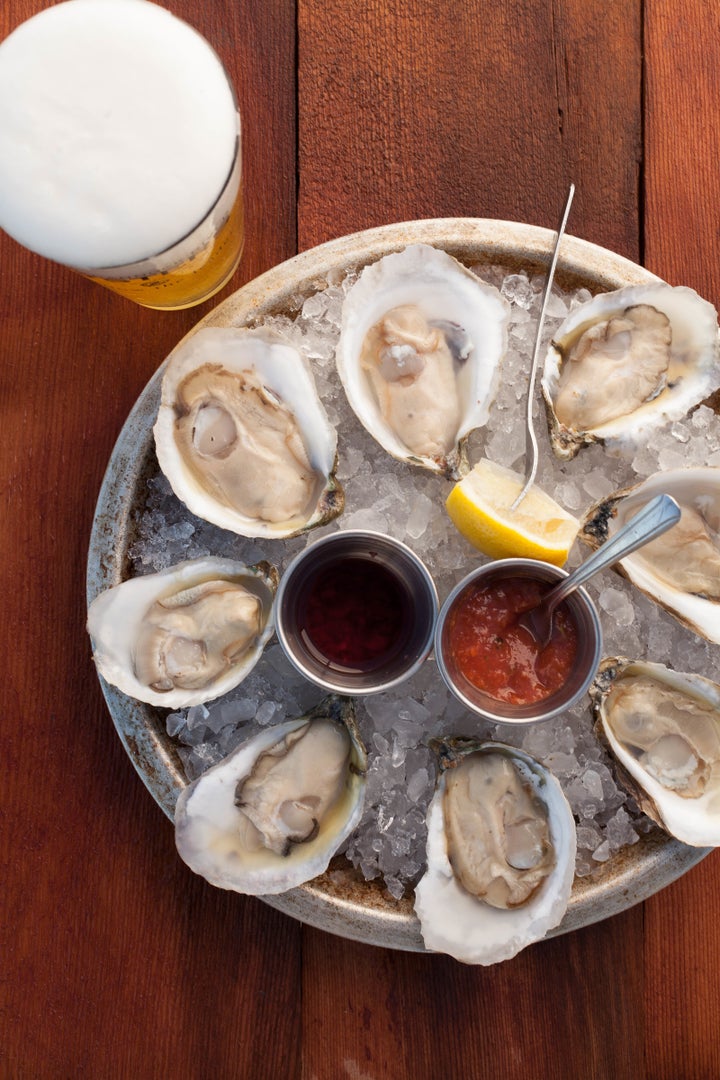
“As long as you’re eating oysters, you’re all right.”
It’s time to experience Virginia oysters yourself. Experience the unique culture and flavors that the Chesapeake Bay represents and head over to Virginia.org/Oysters to get started. “The Oyster Capital of the East Coast,” Virginia brings visitors face-to-shell with oysters in their native waters.